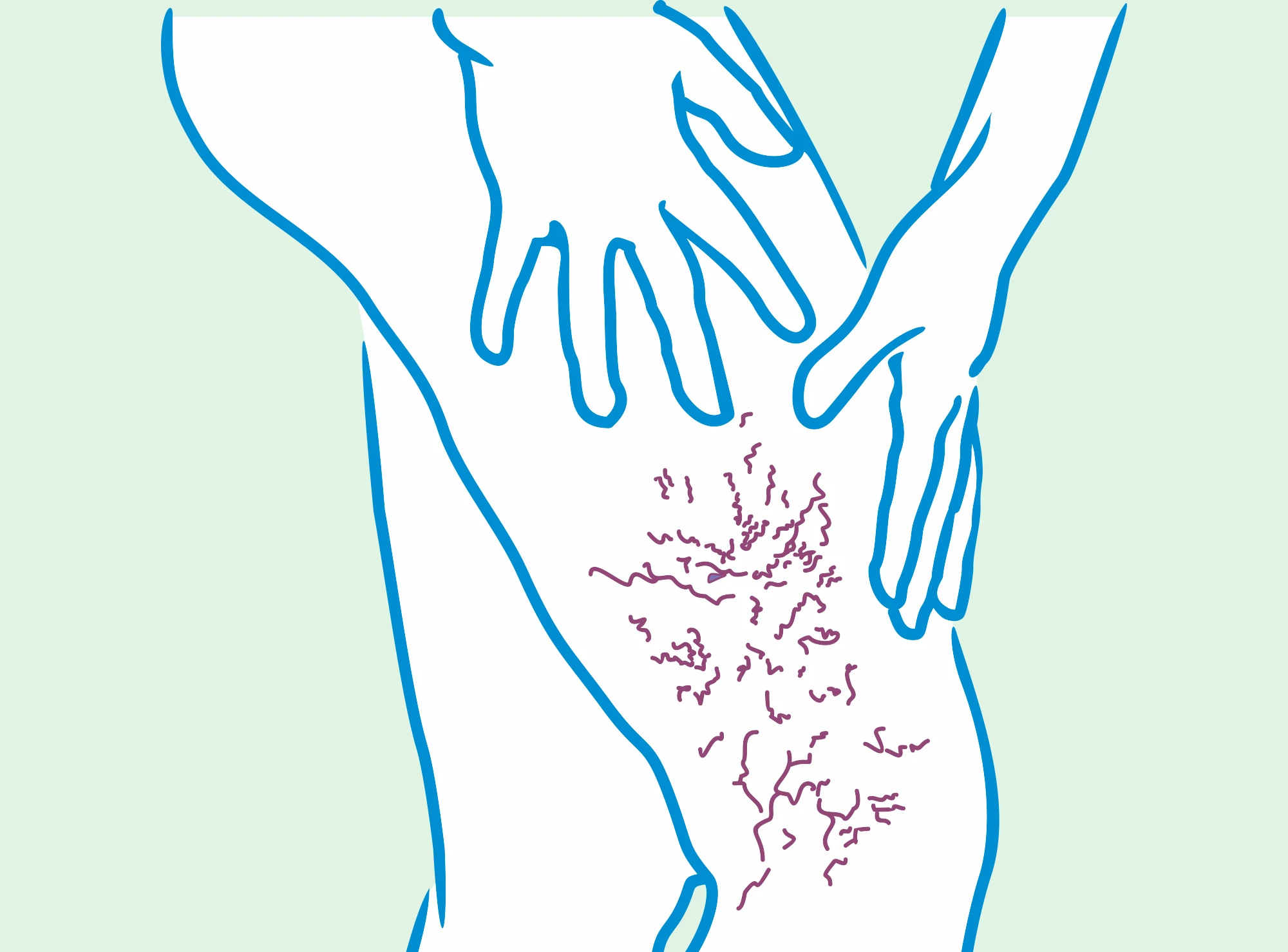To provide services at the highest level, we use cookies. Using the website requires you to choose settings related to their storage on your device. If you want to know what each type of cookie is used for, click the Details button below.
Venous thrombosis – symptoms, causes, treatment10 marca 2022 |

Thrombosis is a medical condition in which blood clots form in blood vessels. These clots, also called thrombi or clots, can occur in both veins, known as venous thrombosis, and arteries, which is referred to as arterial thrombosis.
Symptoms of thrombosis may include pain, swelling, redness, and a sensation of warmth or coldness in the affected area. In the case of deep vein thrombosis, these symptoms often involve the legs.
Untreated thrombosis can lead to serious complications, with pulmonary embolism being the most dangerous. Blood clots can detach and travel to the lungs, posing a life-threatening risk. Therefore, it is always advisable to treat thrombosis.
Superficial vein thrombosis involves vessels closer to the skin surface and is usually less serious. Meanwhile, deep vein thrombosis affects vessels deeper within the body. Deep vein thrombosis is more complex and carries a higher risk of complications.
Thrombosis is dangerous when blood clots lead to pulmonary embolism, heart attack, or stroke. Untreated thrombosis can contribute to chronic vascular damage, post-thrombotic syndrome, and many other unpleasant complications.
| Thank you for adding a comment! |